UP TO THE MINUTE
The smallest choice can make the biggest impact
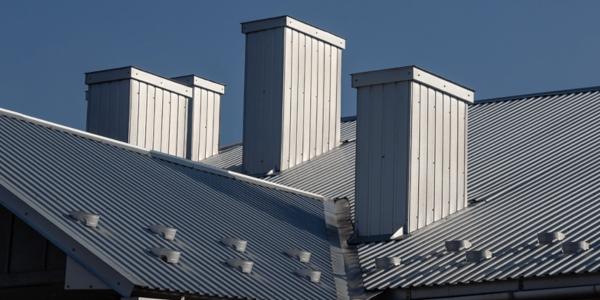
By H.B. Fuller.
Find out how to choose the right sealant for your metal roof.
Imagine the demands of building a roof that can withstand the relentless elements atop Pikes Peak — at an altitude where fierce winds, icy temperatures and unrelenting sun are the norm. Choosing the right components, from panels to sealants, is crucial for such an extreme environment. But while your project may not require summit-level durability, selecting the right sealant can be the key to unlocking your roof’s longevity. Here at H.B. Fuller, we explore the often-overlooked detail of sealant choice which can define the difference between a roof that lasts decades and one that needs repair within years by answering these questions.
- What difference does sealant choice make in the life of a metal roof?
- What are the differences between materials used to seal a metal roof assembly?
- What is essential to consider when choosing the best metal roof sealant for a project?
- How is butyl tape used in metal roofing?
How does sealant impact metal roof longevity?
According to the Metal Roofing Alliance, properly installed metal roofs have an average lifespan of over fifty years. In comparison, the more commonly installed asphalt roofs last between 15 and 20 years. While homeowners and commercial real-estate developers may initially pay more for metal roofs over asphalt, they will see an enormous return on investment over time by not paying for roof maintenance or replacement for decades.
The lifespan of a metal roof depends more on the longevity of the sealants used in roof assembly than on panel material. Sealants bring panels together and protect the substrate — the layer beneath the panels — from external elements. When the sealant fails, the roof fails to protect the building from moisture damage or monitor internal temperatures. The roof must be repaired or (more commonly) replaced, regardless of the condition of the panels.
Picking a reliable substrate seal is essential to ensuring homeowners and business owners can enjoy the long life of their metal roofs. Sealants must withstand the elements and the natural movement of the roof expanding and contracting with temperature changes. Most of all, sealants must stand the test of decades of use without degrading the material around them or losing cohesive strength.
Types of metal roof sealant
Butyl, polyurethane, acrylic and silicones are technologies commonly used to seal metal roof panels. Depending on the material, sealant can come in tape or liquid form. Butyl sealant tape must be non-curing and non-skinning with high tack to perform well. These tapes remain sticky throughout their lifetime and don’t form an outer membrane or lose essence during adhesion to maintain the seal between panels.
Understanding sealant characteristics can help determine which sealant to use. For example, those planning to use sealant topically would choose polyurethane because it can be painted and has UV resistance. However, butyl is a better choice for a sealant between substrates because of its superior longevity and low volatile organic compound (VOC) composition. Materials with low VOC don’t require as much off-gassing and lower the risk of harmful chemicals in the environment.
Sealants can be chemically modified to fit a customer’s needs. H.B. Fuller creates a hybrid sealant, FulaFlex, that provides the best performance traits of polyurethanes and silicones. Hybrid sealants can be used topically and internally in metal construction. Unlike butyl tape, this sealant must be applied like caulk and needsto cure fully.

“Essentially, FulaFlex is a moisture cure sealant with good UV resistance, wet-substrate adhesion and chemical resistance. It combines the best of the silicone and polyurethane sealant into one.” -Jacque Ince, Senior Product Manager, H.B. Fuller
Deciding on the best sealant for your metal roof
Since substrate sealants often determine the life of a metal roof, choosing the right one for your project is crucial. The first step is to ask your metal roof manufacturer which sealants work best with the panels. Engineering details provided by the manufacturer should specify which sealants have been tested with the assembly to guarantee water doesn’t enter the substrates.
In addition to the type of sealant the manufacturer recommends, consider using trusted brands with proven performance records. Also, look for standardized tests like those conducted by the American Society for Testing and Materials (ASTM) to measure sealant performance.
If you are choosing which sealant to use between substrates, consider:
- Tackiness: high tack provides good adhesion to substrates.
- Cohesive strength: a cohesive sealant withstands thermal movement — panels expanding or contracting with temperature changes.
- Low bleed-out of plasticizers: losing plasticizers lowers the mechanical properties of the sealant.
- Good cold temperature flexibility: sealants without this feature may crack at low temperatures.
- No cold flow: the sealant shouldn’t move, even without applying pressure.
- Application options: look for which best fits your roof type. Caulk may be more appropriate for tight areas, whereas tape is better for an even application.
- Reliability: long-lasting sealants help ensure a long lifespan for a metal roof.
- Weather resistance: the sealant must withstand wind, rain and, depending on the region, fluctuations in temperature and snow.
- Chemical resistance: chemicals in the sealant should not degrade roofing material.
- Environmental stressors: some sealants may not withstand UV exposure or excessive temperatures.
For topical sealants, look for a hybrid-based caulk with good joint movement for thermal expansion and excellent weathering characteristics.
Benefits of butyl tape for metal roofing
Butyl tape maintains its strength for a long time. The Metal Construction Association surveyed 14 sites across five different climate areas of the continental United States to assess the service life of a steel standing seam roof (SSR) system. Study teams conducted field inspections and used results from an independent laboratory analysis of metallic corrosion of roof panels, components and sealants to determine exactly how long SSRs last.

Results showed that the butyl tape used in the laps and joints of the roofing systems showed no deterioration in cohesive strength or resistance to penetration after 35 years of performance. The study also found that the butyl tape in roofs with some degree of de-polymerization was without issue. In other words, butyl tape used across various locations with different levels of humidity, temperature variations and weather events worked just as well decades after the day it was installed.

The team used these findings to project sealant service life at over 60 years, which is within the range of projected lifespans for SSR systems.
Not only does butyl tape last a long time, but it can be easier to apply than other types of sealants. Butyl tape is pre-portioned into strips or runs. This provides an even application and means installers can order the exact amount they need.
In contrast, liquid non-skinning sealant must be caulked between panels. The amount of material used during caulking varies by person, so predicting how much liquid sealant to order is difficult. Also, caulking can result in uneven application, which may compromise the function of the metal roof.
The properties of butyl tape make it an excellent choice for a long-lasting, well-functioning metal roof. Miguel Pena from H.B. Fuller, explains:
“The two most important aspects of good tape are high tack and good cohesive strength. A third element, part of that cohesive strength, is that the tape doesn’t lose weight over time — that the ingredients are not bleeding out. It stays as a cohesive unit.” -Miguel Pena, Business Development, H.B. Fuller
Butyl tape’s greatest benefit, maintaining its composition over time, is also the source of its greatest weakness. Because it is non-curing and non-skinning, it can’t form a layer of protection against ultraviolet (UV) light and will degrade with exposure to sunlight. For this reason, experts recommend using butyl tape between the roof and substrates and never topically.
Metal roof sealant: A small but significant choice
Sealant may initially seem like an insignificant choice when installing a metal roof. It is not as eye-catching as panels and costs much less than other parts of the roofing assembly. Despite its low profile, sealant plays a pivotal role in ensuring the roof functions for its entire lifespan. Making the right choice means the difference between a roof lasting 15 years and a roof lasting over 60 years.
H.B. Fuller has been creating adhesives for 130 years and our butyl sealant tapes have been used to seal metal buildings worldwide. Learn more about how GSSI MB10A butyl sealant tape meets or exceeds building standards and specifications and browse available sealants. Or contact a specialist to explore which sealant is right for your application.
Original article and photo source: H.B. Fuller
Learn more about H.B. Fuller - GSSI Sealants in their Coffee Shop directory or visit www.hbfuller.com/en/applications/metal-roofing.





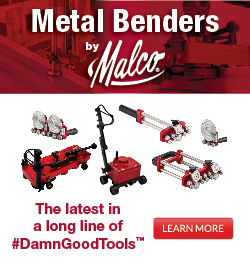






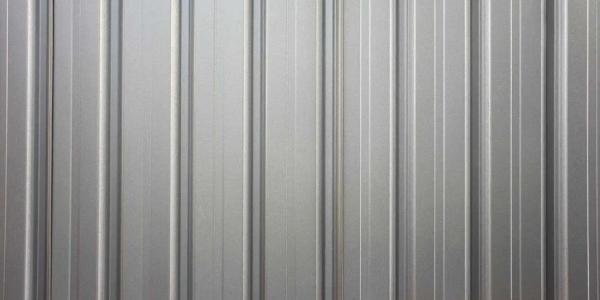
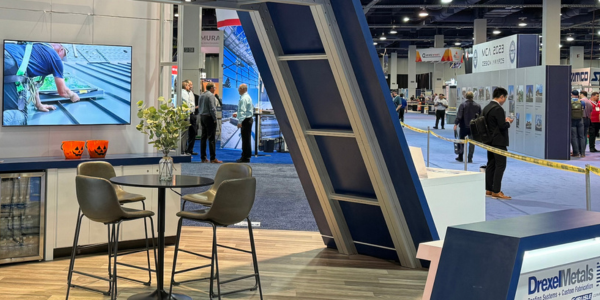
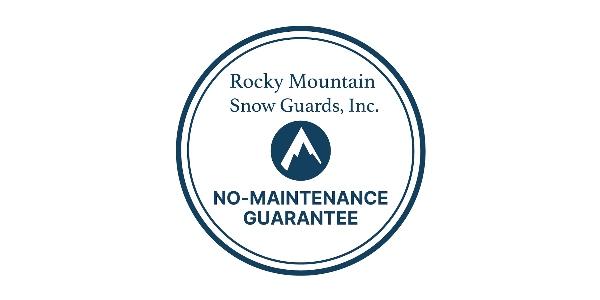


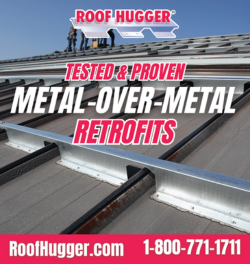

Comments
Leave a Reply
Have an account? Login to leave a comment!
Sign In